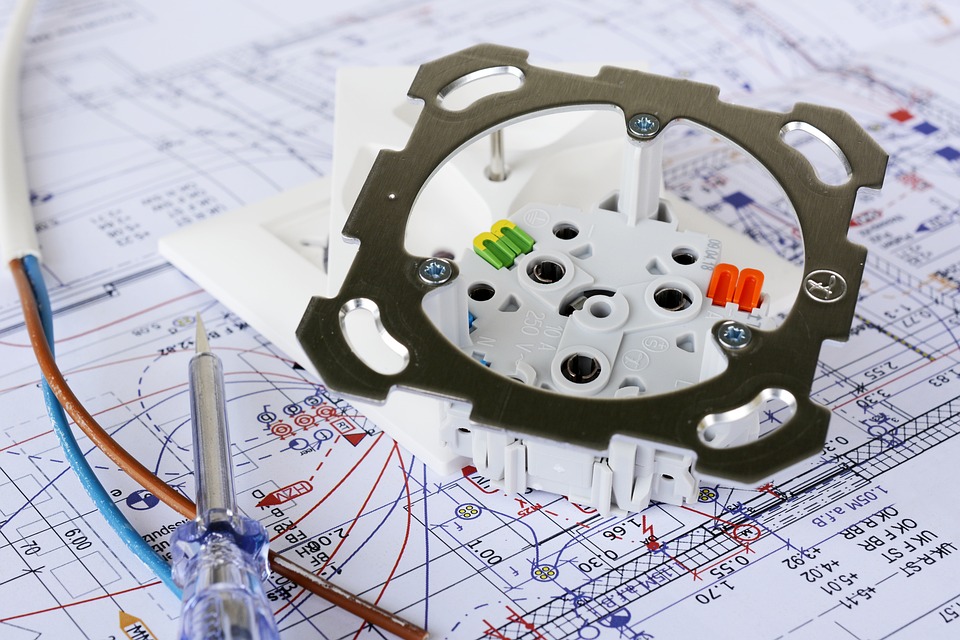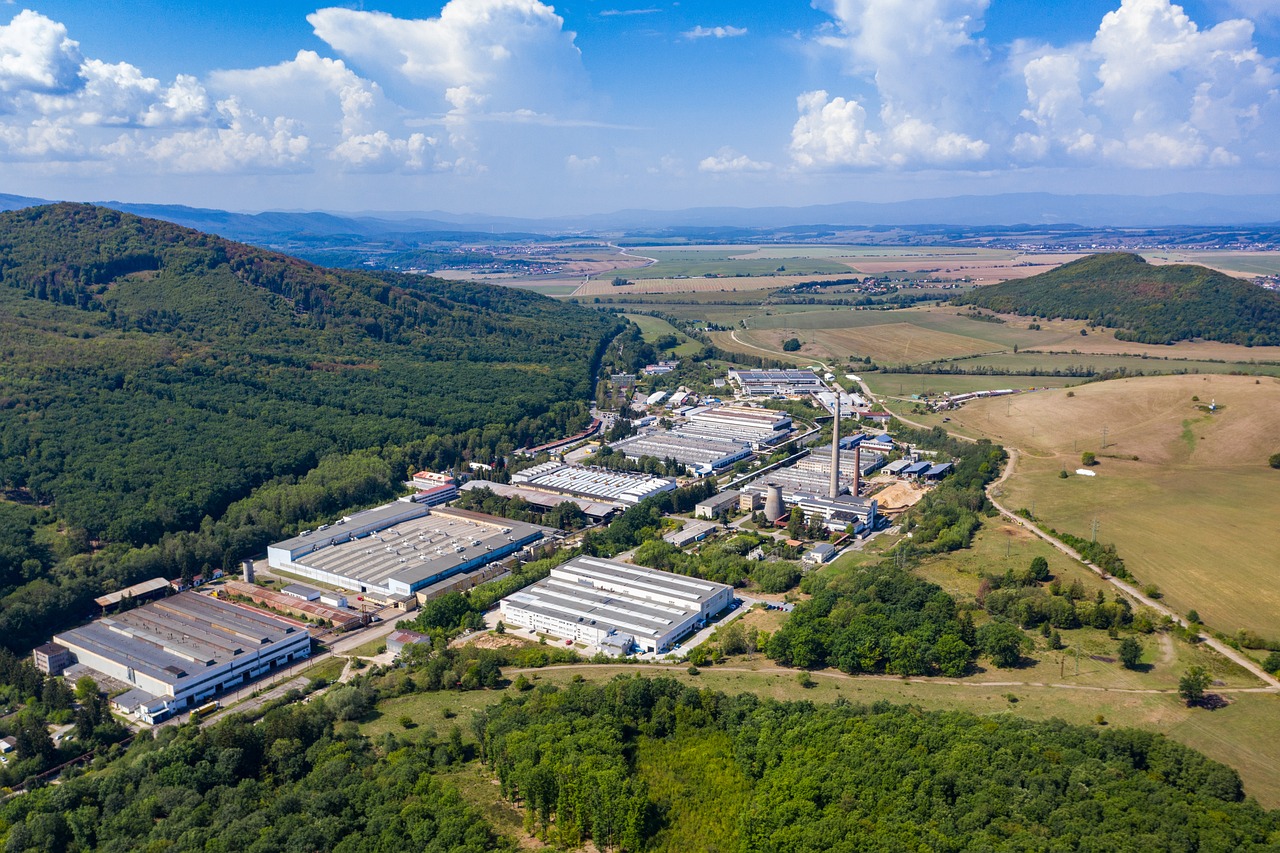Specific connotations, advantages and disadvantages, and considerations of exporting complete machines and parts:
I. Whole machine exports
1. Specific content
A complete export is the direct export of a fully assembled product to a target market, such as the export of complete mechanical equipment, household appliances or automobiles.
2. Advantages and disadvantages analysis
Advantages:
- High added value: Complete products usually have larger profit margins;
- Brand Effect: Contribute to the establishment of an international brand image for the enterprise;
- After-sales service: It can directly control the after-sales process and enhance customer satisfaction.
Disadvantages:
- Higher tariffs: Higher tariff rates are usually applied to whole products;
- High logistics costs: Large, heavy and expensive to transport;
- Complex certification: Need to meet the whole machine certification requirements of the target market (e.g. CE, FCC).
3. Issues that need attention
- Certification Compliance: Ensure that the whole product passes the mandatory certification of the target market (e.g. EU CE certification, US FCC certification);
- Packaging and Shipping: Ensure that the whole product passes the mandatory certification of the target market (e.g. EU CE certification, US FCC certification);
- After-sales service: Establish a localized after-sales team or agent network to respond to customer needs in a timely manner.

II. Exports of spare parts
1. Specific content
Exports of spare parts refer to the export of components of a product to a target market, such as the export of engine parts, electronic components or mechanical parts.
2. Advantages and disadvantages analysis
Advantages:
- Lower tariffs: Parts are usually subject to lower tariff rates;
- Flexible logistics: Small size, light weight and low transportation cost;
- Simplified authentication: Some parts do not need to be certified in their entirety, resulting in lower compliance costs.
Disadvantages:
- Low added value: Smaller profit margins on parts products;
- Strong dependence: Need to work closely with OEMs in target markets;
- Weak brand effect: It is difficult to build a direct end-to-end brand image.
3. Issues that need attention
- Technical specifications match: Ensure that parts meet the technical requirements of the OEMs in the target market;
- Supply Chain Management: Establishing long-term cooperative relationships with machine manufacturers to ensure order stability;
- Protection of intellectual property: Avoid infringement of patents or trademarks in the target market.

III. Comparison of exports of complete machines and exports of spare parts
| sports event | Whole machine exports | Exports of spare parts |
|---|---|---|
| Added Value | high | Low |
| The Customs | Higher | Lower |
| Logistics costs | high | Low |
| Certification requirements | Complex (whole machine certification) | Simplified (some parts do not require certification) |
| Brand Effect | powerful | weak |
| After-sales service | Localization team required | Dependence on machine manufacturers |
IV. Selection Strategies and Recommendations
Choose by target market:
- developed country(e.g., Europe and the United States): Prioritize the export of whole machines and leverage brand premiums;
- Emerging Markets(e.g. South-East Asia): Exports of spare parts could be considered to lower barriers to entry.
Choose according to enterprise capabilities:
- Strong technology and sufficient funds:: Whole machine exports and the establishment of brand barriers;
- Small scale and limited resources: Parts export, specializing in niche areas.
Blending Mode:
Setting up assembly plants in target markets, exporting parts and assembling them locally, balancing tariff optimization and brand building.

Conclusion
Explore Chinas export models: Complete machinery vs parts. Key factors: compliance, supply chain, branding. Optimize your global strategy now.


 Follow the customer service WeChat account.
Follow the customer service WeChat account.